Robotic pool cleaners make the lives of pool owners infinitely easier. If you have one of these babies in your pool, you won’t have to worry about manually scrubbing the floors and walls of your pool, and some of the handiest-dandiest robots can even scrub waterlines.
But for the investment, how many years of work will you get out of your robotic pool cleaner?
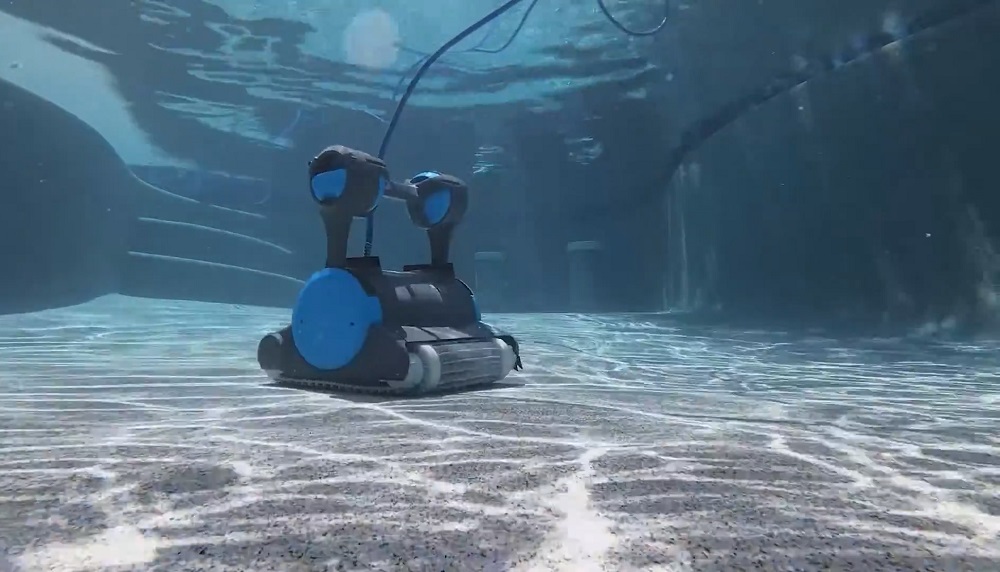
How Long Do Robotic Pool Cleaners Last?
The straight-up, no-nonsense answer to this question that has plagued mankind for many years now is between three to five years on average.
Robotic pool cleaners, despite being incredibly sensitive electronics, are actually quite durable. Their hard exteriors combined with the rubberized scrubbers and shock absorbers help them withstand bumps and bruises underwater. Combined with the fact that robots move at a relatively slow pace, even on express cleaning mode, you won’t have to worry about your robot bashing itself against underwater obstacles.
But is it possible to extend the lifespan of a robotic pool cleaner if you’re really, really careful with one? The straight-up, no-nonsense answer to this question is an unequivocal yes.
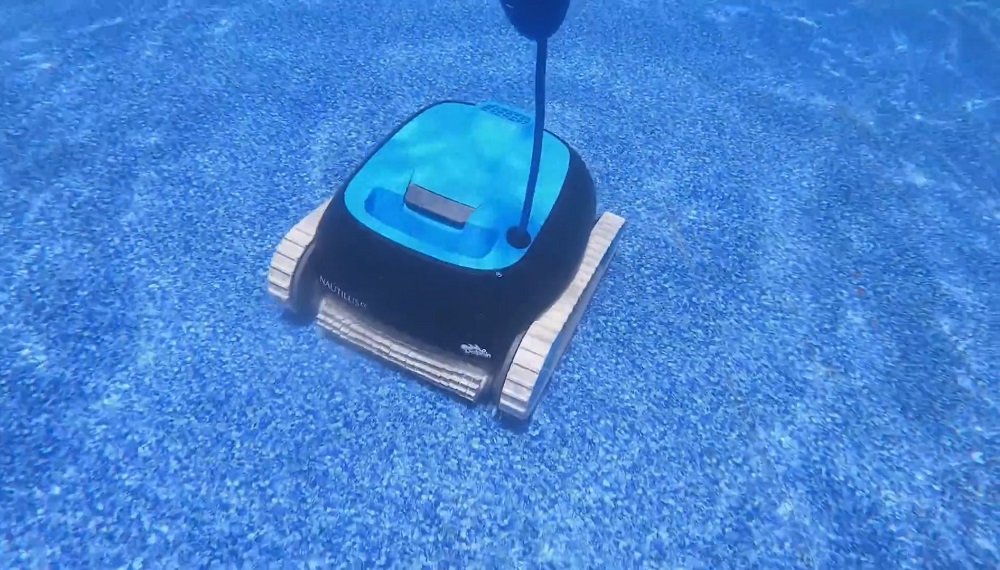
How to Extend the Lifespan of a Robotic Pool Cleaner
For the most part, your robotic pool cleaner and its electrical components are invincible to the water, but it’s the other parts of your robot that you have to care for. There are several ways you can maintain your robot and quite possibly extend its lifespan by up to two years. The following will describe the most vulnerable parts of your robot that you can and should periodically check.
1 | Wheels/Tracks
The wheels or tracks are prone to damage. They’re the parts that will maintain the most contact with the sides and walls of your pool, and as such, they will most certainly wear out over time. On average, users find themselves replacing the wheels/tracks of their robot every two seasons, at least for vinyl pool owners.
2 | Rubber Brush
The one thing that separates robotic pool cleaners from other types of automatic pool cleaners is the motor-driven brush roll.
Check on the health of the brush every few months to see whether the rubber is wearing out or whether there are tears in the “sheet.”
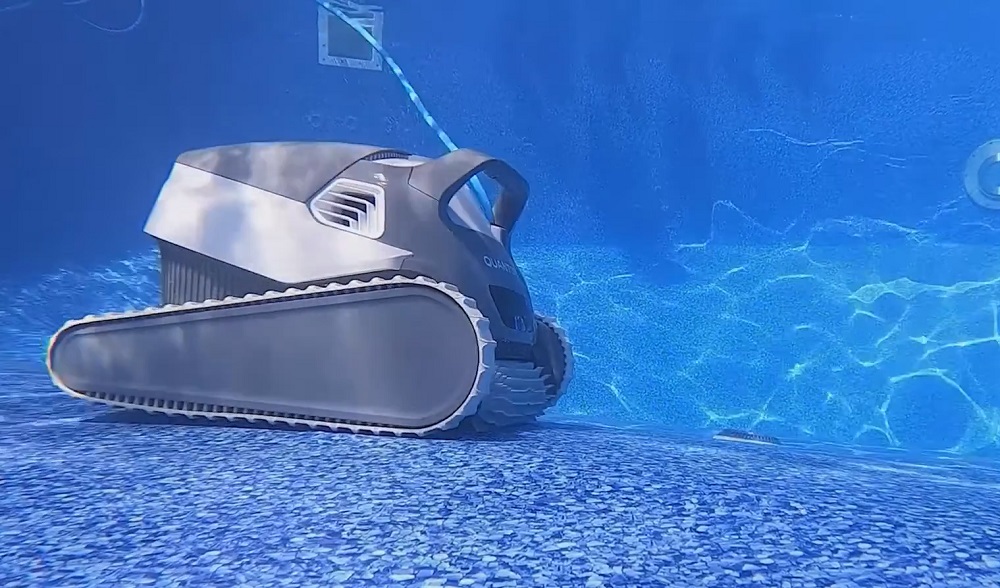
3 | Mesh Grids
The mesh grids are come with either Spring Cleaning or Ultrafine meshes. They slide in and out of the filter cartridge for easy cleaning. If there are any significant tears in the mesh grid, you’ll have to swap it out for a new one.
4 | Filter Cartridge
The filter cartridge is what houses the mesh grids. They typically wear out after two seasons of frequent use. Frequent cleaning will ensure that the cartridge’s plastic frame doesn’t crack. Also, when spray-cleaning the mesh grids and filter cartridge, don’t use more water pressure than necessary.
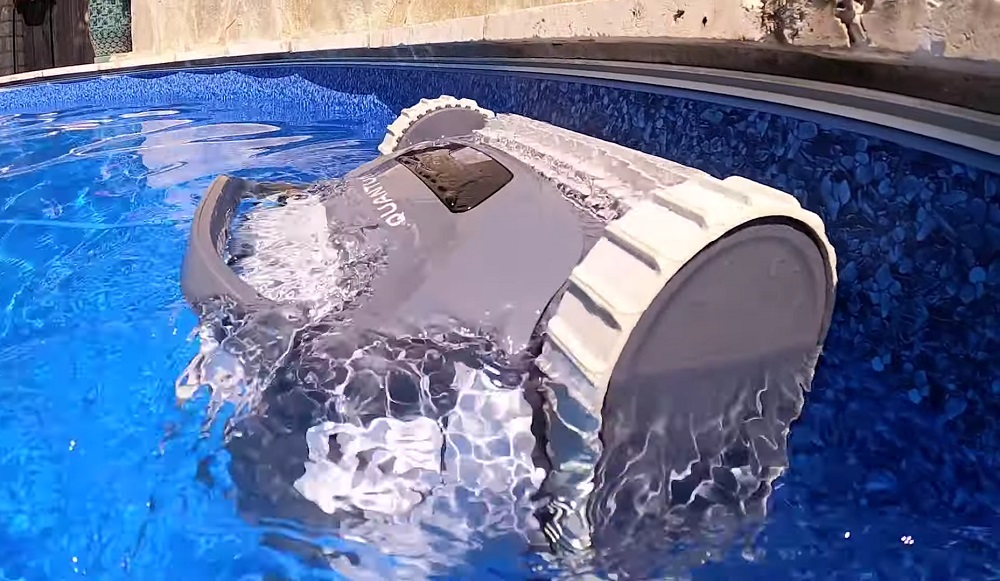
5 | Swivel Cord
The swivel cord is what allows your robotic pool cleaner to twist and turn underwater without getting caught in its power cord. It has a maximum lifespan of around three seasons, and there’s virtually no way to prevent the internal cables from tangling and ultimately snapping.
If the swivel cord doesn’t supply power from the robot’s controller to the robot itself, you’ll have to purchase a new swivel cord.
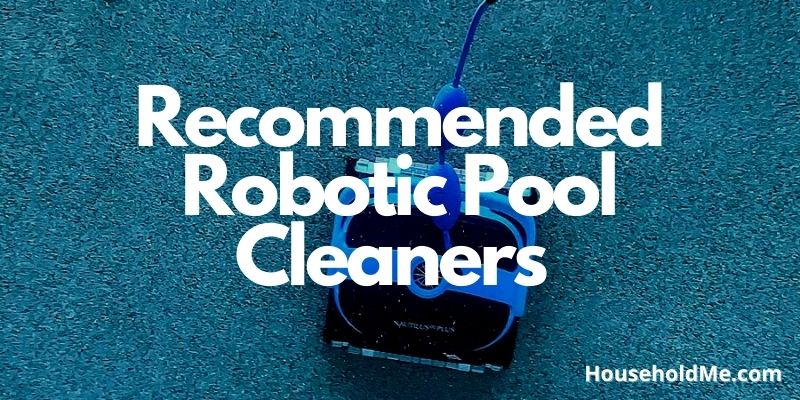
Related Robotic Pool Cleaner Articles
• How to Use a Robotic Pool Cleaner
• What Features to Look For in a Robotic Pool Cleaner?
• How to Maintain a Robotic Pool Cleaner?
• Robotic Pool Cleaner Troubleshooting Tips
• What is a Swivel Cord?
• Pressure vs. Suction vs. Robotic Pool Cleaners
If you have any questions or comments, please add them below in the comment section. Similarly, please let us know if you spot any mistakes or omissions. Thanks!
